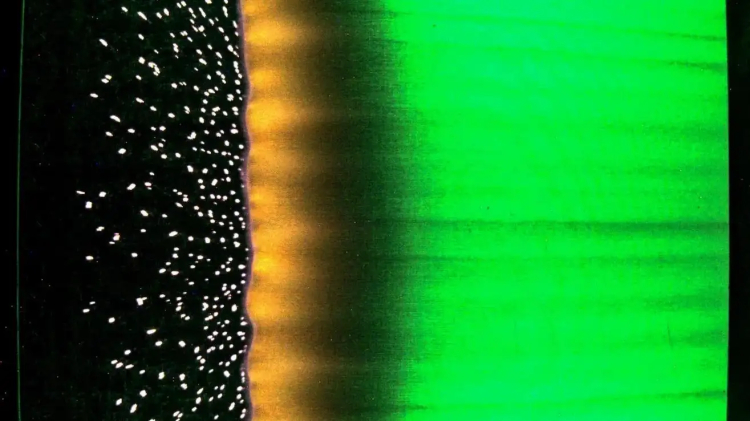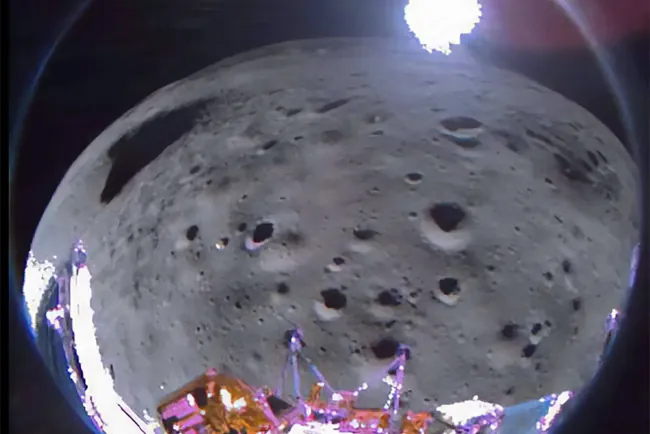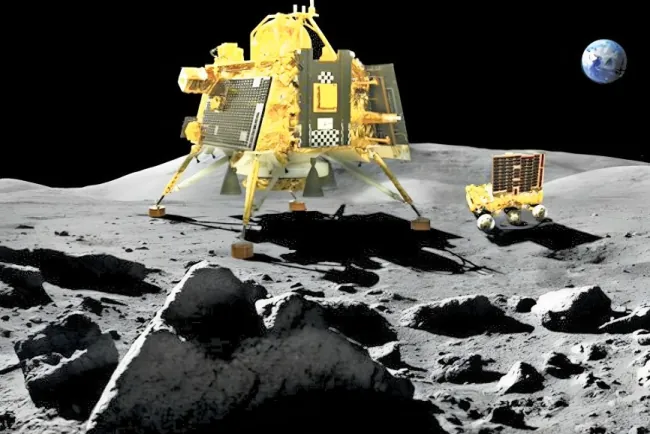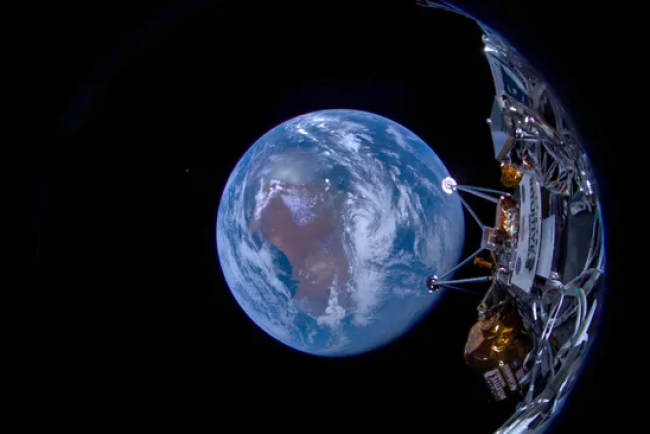NASA's Final Saffire Experiment Illuminates Fire Behavior in Space
NASA's final Saffire experiment as it ignites a controlled fire inside a Cygnus cargo spacecraft in orbit.

Explore how NASA's final Saffire experiment, igniting a blaze within a Cygnus cargo spacecraft, advances our understanding of fire behavior in microgravity and impacts future space exploration safety protocols.
After nearly a decade of groundbreaking research, NASA's journey to unravel the mysteries of combustion in the void of space reached its dramatic climax. The Saffire experiment, a series of controlled fires set aboard a Cygnus cargo spacecraft, has concluded, marking a significant milestone in space safety and material science.
Launched in 2016, the Spacecraft Fire Safety Experiments, or Saffire, sought to shed light on a fundamental question: How does fire behave in the absence of gravity? This inquiry not only piques scientific curiosity but holds vital implications for the safety of future astronauts and the design of spacecraft and gear.
A Blaze of Glory: Saffire's Final Act
On January 9, the last act of Saffire played out aboard a Northrop Grumman Cygnus spacecraft. As it re-entered Earth's atmosphere, the spacecraft was deliberately set ablaze, offering researchers a final opportunity to observe fire dynamics in space before the vessel's ultimate disintegration.
The Significance of Saffire's Findings
Understanding the behavior of flames in microgravity conditions is paramount for the advancement of space exploration. Fire presents a unique hazard in space; unlike on Earth, astronauts cannot simply evacuate the premises in case of an emergency. Saffire's experiments have been instrumental in studying how various materials propagate flames in zero gravity, providing crucial data to refine the design of spacecraft, spacesuits, and emergency protocols.
David Urban, the principal investigator for Saffire, emphasized the importance of this research, drawing parallels to safety standards for terrestrial vehicles and structures. "How big a fire does it take for things to get bad for a crew?" Urban queried, highlighting the necessity of this research for ensuring astronaut safety in a domain where traditional escape routes are not viable.
The Technicalities of Spaceborne Fire Experiments
Conducted away from the inhabited confines of the International Space Station, Saffire's experiments posed no risk to the crew. The fires were carefully ignited within a sealed enclosure, designed to simulate conditions inside a spacecraft. This setup allowed scientists to observe fire behavior in a controlled environment, significantly advancing our understanding of fire safety in space.
Conclusion: A Legacy of Safety and Discovery
As NASA's Saffire experiment concludes, its legacy continues. The insights gained from these fiery investigations will light the way for safer, more resilient space travel. By understanding the nuances of combustion in microgravity, engineers and designers can better prepare for the challenges of interstellar exploration, ensuring that the brave souls who venture into the cosmos are equipped to face any emergency.
FAQs
How does fire behave differently in space compared to Earth? In space, the absence of gravity affects how air moves and how flames spread, leading to unique fire dynamics.
Why are fire experiments like Saffire important for space exploration? They provide critical data on fire behavior in microgravity, helping to improve spacecraft design, safety protocols, and emergency response strategies.
What will happen to the data collected from the Saffire experiments? The data will be analyzed to enhance our understanding of fire safety in space, influencing future spacecraft design and astronaut training programs.
Did the Saffire experiments pose any risk to astronauts? No, the experiments were conducted in a controlled environment aboard a cargo spacecraft, away from the International Space Station and its crew.
How will Saffire's findings impact future space missions? The insights will lead to safer spacecraft and space missions, as they inform the design of materials and emergency procedures.
Can the lessons learned from Saffire be applied to Earth-based fire safety? While focused on space, the research may offer insights into fire behavior and safety protocols applicable in various Earth environments.
What's Your Reaction?






















